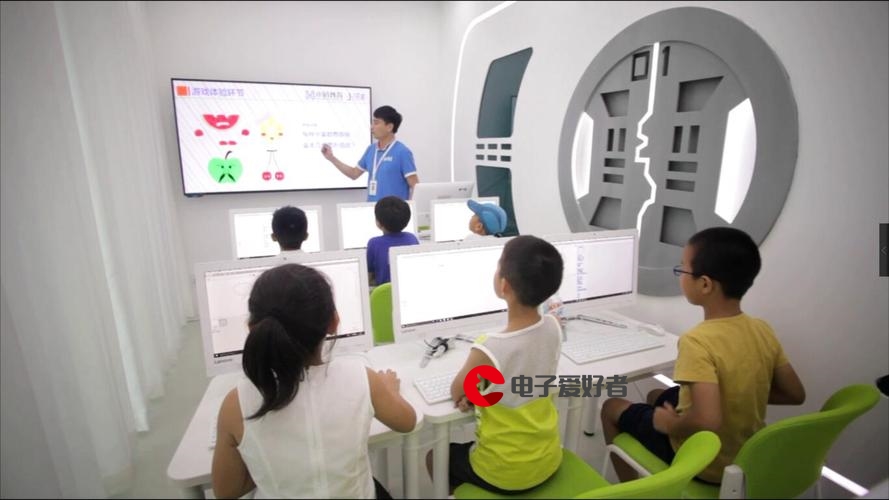 模式"/>
模式"/>
前端设计模式
前端设计模式 🎨
设计模式是在软件开发中,针对常见问题的解决方案的经验总结。在前端开发中,设计模式可以帮助我们组织和管理代码,提高代码的可维护性和可扩展性。下面列举一些常见的前端设计模式:
1. 单例模式 (Singleton Pattern) 🌟
单例模式用于限制一个类只能实例化一个对象。在前端开发中,可以使用单例模式来创建全局唯一的对象,例如全局状态管理器。
class Singleton {constructor() {// ...}static getInstance() {if (!Singleton.instance) {Singleton.instance = new Singleton();}return Singleton.instance;}
}const instance1 = Singleton.getInstance();
const instance2 = Singleton.getInstance();console.log(instance1 === instance2); // true
2. 观察者模式 (Observer Pattern) 🔍
观察者模式定义了一种一对多的依赖关系,当一个对象的状态发生改变时,所有依赖它的对象都会得到通知并自动更新。在前端开发中,观察者模式常用于实现事件监听和发布订阅模式。
class Subject {constructor() {this.observers = [];}addObserver(observer) {this.observers.push(observer);}removeObserver(observer) {const index = this.observers.indexOf(observer);if (index !== -1) {this.observers.splice(index, 1);}}notify(data) {this.observers.forEach(observer => observer.update(data));}
}class Observer {update(data) {console.log('Received data:', data);}
}const subject = new Subject();
const observer1 = new Observer();
const observer2 = new Observer();subject.addObserver(observer1);
subject.addObserver(observer2);subject.notify('Hello, observers!');
3. 模块模式 (Module Pattern) 📦
模块模式通过使用闭包来创建独立的模块,将相关的变量和函数封装在一个作用域内,避免全局命名空间的污染。在前端开发中,模块模式可以用于实现封装、信息隐藏和代码组织。
const module = (function() {let privateVariable = 'Private';function privateFunction() {console.log(privateVariable);}return {publicMethod() {privateFunction();},publicVariable: 'Public'};
})();module.publicMethod();
console.log(module.publicVariable);
console.log(module.privateVariable); // undefined
4. 工厂模式 (Factory Pattern) 🏭
工厂模式用于创建对象,将对象的创建逻辑封装在一个工厂类中,通过调用工厂类的方法来创建对象。在前端开发中,工厂模式可以用于创建复杂的对象或组件,提供一种灵活的对象创建方式。
class Product {constructor(name) {this.name = name;}display() {console.log(`Product: ${this.name}`);}
}class ProductFactory {createProduct(name) {return new Product(name);}
}const factory = new ProductFactory();
const product1 = factory.createProduct('Product 1');
const product2 = factory.createProduct('Product 2');product1.display();
product2.display();
5. 适配器模式 (Adapter Pattern) 🔌
适配器模式用于将一个类的接口转换成客户端所期望的另一个接口,使得原本不兼容的类可以一起工作。在前端开发中,适配器模式可以用于兼容不同版本的接口或库,提供一种统一的接口供使用。
class NewApi {request() {console.log('New API request');}
}class OldApi {send() {console.log('Old API send');}
}class ApiAdapter {constructor() {this.oldApi = new OldApi();}request() {this.oldApi.send();}
}const api = Math.random() > 0.5 ? new NewApi() : new ApiAdapter();
api.request();
6. 装饰者模式 (Decorator Pattern) 🎀
装饰者模式通过动态地将责任附加到对象上,扩展对象的功能。在前端开发中,装饰者模式可以用于动态地添加或修改对象的行为,例如添加日志记录、性能监测等功能。
class Component {operation() {console.log('Component operation');}
}class Decorator {constructor(component) {thisponent = component;}operation() {thisponent.operation();console.log('Decorator operation');}
}const component = new Component();
const decorator = new Decorator(component);
decorator.operation();
7. 命令模式 (Command Pattern) ⌨️
命令模式将一个请求封装成一个对象,从而使得可以用不同的请求对客户进行参数化。在前端开发中,命令模式可以用于实现撤销、重做、延迟执行等功能。
class Command {constructor(receiver) {this.receiver = receiver;}execute() {this.receiver.action();}
}class Receiver {action() {console.log('Receiver action');}
}class Invoker {constructor(command) {thismand = command;}setCommand(command) {thismand = command;}executeCommand() {thismand.execute();}
}const receiver = new Receiver();
const command = new Command(receiver);
const invoker = new Invoker(command);invoker.executeCommand();
8. 策略模式 (Strategy Pattern) 🎯
策略模式定义了一系列算法,并将每个算法封装起来,使得它们可以相互替换。在前端开发中,策略模式可以用于动态地选择不同的算法或行为,提供一种灵活的处理方式。
class Strategy {execute() {console.log('Default strategy');}
}class ConcreteStrategyA extends Strategy {execute() {console.log('Strategy A');}
}class ConcreteStrategyB extends Strategy {execute() {console.log('Strategy B');}
}class Context {constructor(strategy) {this.strategy = strategy;}setStrategy(strategy) {this.strategy = strategy;}executeStrategy() {this.strategy.execute();}
}const strategyA = new ConcreteStrategyA();
const strategyB = new ConcreteStrategyB();
const context = new Context(strategyA);context.executeStrategy();context.setStrategy(strategyB);
context.executeStrategy();
9. MVC (Model-View-Controller) 模式 🖥️
MVC模式是一种软件架构模式,将应用程序分为三个核心部分:模型 (Model)、视图 (View) 和控制器 (Controller). 🏢 模型负责处理数据逻辑,视图负责展示界面,控制器负责处理用户输入和业务逻辑. 🔄 MVC模式可以提高代码的可维护性和可测试性,使得代码更加清晰和可扩展. 🌟
- Model(模型):负责处理数据和业务逻辑。
- View(视图):负责展示数据给用户,并接收用户的输入。
- Controller(控制器):负责协调模型和视图之间的交互,处理用户的输入并更新模型和视图。
10. MVVM (Model-View-ViewModel) 模式 🖼️
MVVM模式是一种衍生自MVC模式的前端架构模式. 🏗️ 它将视图和模型之间的关系进一步解耦,引入了视图模型 (ViewModel) 来处理视图的状态和行为. 🔄 视图模型负责将模型数据转换为视图所需的格式,并处理视图的交互逻辑. 📲 MVVM模式可以实现数据的双向绑定,提高开发效率和代码的可维护性. 🌟
- Model(模型):与MVC模式中的模型相同,负责处理数据和业务逻辑。
- View(视图):与MVC模式中的视图相同,负责展示数据给用户,并接收用户的输入。
- ViewModel(视图模型):负责将模型的数据转换为视图所需的格式,并处理视图的交互逻辑。ViewModel通过双向绑定将视图和模型连接起来,使得视图的变化能够自动更新模型,模型的变化也能够自动更新视图。
在前端开发中应用设计模式 💡
要在前端开发中应用设计模式,可以按照以下步骤进行:
-
理解设计模式: 学习和理解各种设计模式的概念、原理和适用场景,了解它们的优缺点和使用方法. 📚
-
选择适当的设计模式: 根据项目需求和问题的性质,选择合适的设计模式来解决问题. ⚙️ 不同的设计模式适用于不同的场景,需要根据具体情况进行选择. 🎯
-
实现设计模式: 根据选定的设计模式,在代码中实现相应的模式结构和逻辑. 🚀 可以使用相关的库或框架来辅助实现. 🛠️
-
测试和验证: 对应用设计模式后的代码进行测试和验证,确保设计模式的正确性和有效性. 🧪 可以使用单元测试、集成测试等方法进行验证. ✅
-
文档和分享: 将应用设计模式的代码进行文档化,记录设计模式的使用方法和示例. 📝 可以与团队成员分享和交流,促进知识的传播和共享. 📚
通过应用设计模式,可以提高代码的可维护性、可扩展性和可重用性,减少代码的重复和冗余,提高开发效率和代码质量. 🚀
更多推荐
前端设计模式












发布评论